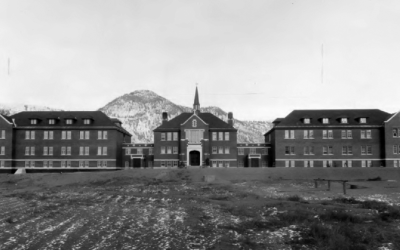The Frontier Centre for Public Policy today released a new study that examines public administration employment patterns in the ten Canadian provinces, with particular attention paid to Manitoba and Saskatchewan.
In the study, Manitoba’s Public Sector is Larger, More Expensive Than Most , Frontier analyst Ben Eisen examines the differences in the size of the public sector across Canada. The study shows that high levels of public administration employment are extremely expensive to maintain, particularly at the federal and provincial levels. If provinces that employ large numbers of public administration employees reduced the size of their public service to match the national average, taxpayers in those provinces would save hundreds of millions of dollars each year.
The paper compares public administration employment rates in each province to the national average. Findings include:
• Manitoba employs an additional 6,741 provincial public servants beyond what she would employ if the ratio between population and provincial public servants in the province was equal to the national average.
• If Manitoba’s rate of public sector employment were brought into line with the national average, the province would save 370 million dollars every year. Put another way, provincial public sector employment in excess of the national average costs the average Manitoban approximately $320 in taxes each year, or $1,280 per family of four.
• Saskatchewan employs an additional 4,981 provincial public servants beyond what she would employ if the ratio between population and provincial public servants was equal to the national average. Reducing provincial public sector employment to the level of the national average would save taxpayers almost $250 million per year. That works out to about $250 for every person in the province, or $1,000 for a family of four.
• In the Maritime provinces, comparably significant savings for taxpayers could be achieved by bringing the size of their public services into line with the national average. For example, Newfoundland, a province with a population of just 500,000, spends $125 million each year more than they would pay if the size of the province’s public service were reduced to match the national average.
• Quebec spends more than any other province on additional provincial employees, and would save over $400 million per year if its provincial public administration employment rates was reduced to the national average.
“High levels of public administration employment, especially at the provincial level, can cause serious long-term problems for a province’s fiscal health” says the study’s author Ben Eisen. “In Manitoba, public administration employment in excess of the national average costs hundreds of millions of dollars each year. This is a huge drain on the province’s budget, which may threaten the province’s fiscal sustainability over time.”
Download a copy of Manitoba’s Public Sector is Larger, More Expensive than Most here:
http://archive.fcpp.org/posts/manitobas-public-sector-is-larger-more-expensive-than-most
For more information and to arrange an interview with the study’s author, media (only) should contact:
Ben Eisen
347-422-0006


